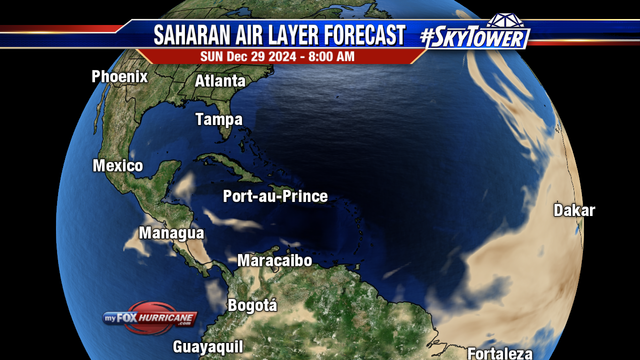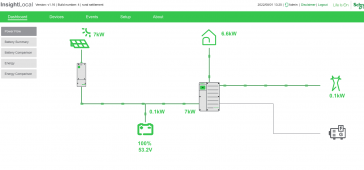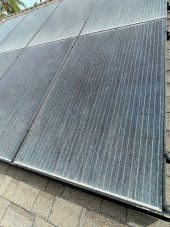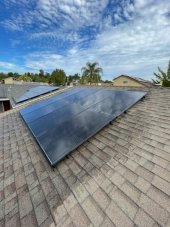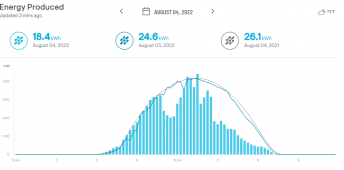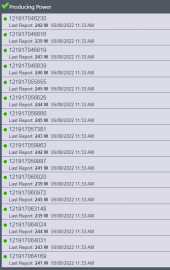I have had a couple tough days this weekend, so I was not able to do any more with the pico scope, but I will try to get the current traces posted later today.
I was not looking for high frequency stuff with the Fluke amp probe. It is an AC/DC unit with a Hall sensor and it is only rated to 2 KHz. So it really can't see anything that would be messing with the powerline communication. When I was looking at the output of the Enphase combiner, I was able to see a higher frequency sine wave riding on the 60 Hz wave. I didn't capture it to see what frequency it was, and the level of it was quite small compared to the 60 Hz current.
Both of my more powerful PC's that are being powered off of the backup loads panel have older, non PFC power supplies. I think that is the major source of my bad current waveform and resulting power factor. What makes it look really bad is that the constant clean sinewave current from the Enphase, is feeding this bad power factor load. The difference current is then back feeding into the XW-Pro, and going back out to the grid input. This is where the waveform gets really weird looking. That back feed current ramps up like the start of a sine wave, but then drops near the peak voltage. I now understand why I was seeing this, but it sure looks wrong on the scope. So the current going back to the main panel is dropping in the middle of the sine wave peak, because the loads are pulling that power from the Enphase constant current source. What made it look especially bad was that I did this measurement as the sun was going down, so the current from the Enphase inverters was quite small. So the current step from those diode input power supplies was almost enough to zero out the current from the microinverters at the middle of the sine wave peak. In reality, that is just pulling 3 amps at the middle of the wave.
While I am on grid, I would expect the output of the XW-Pro to be very similar, as it is also a current source, while on grid. But when I am off grid, the XW-Pro needs to become a very stiff voltage source. It might have to deal with the current changing from sourcing to sinking, even multiple times, within the time of a single AC cycle. The worse the power factor, the worse this will be. And again, when I was off grid, it was also as the sun was going down and the power from the Enphase was dropping off. After seeing those current traces, I can see how the powerline could become unstable in that condition. I do need to get a solid voltage scope trace and see how stiff the sine wave voltage is able to hold. Last time I looked at the wave, I seem to remember seeing the top and bottom of the sine waves were flattened off a bit while on grid, and the wave from the XW-Pro off grid was actually a better, lower distortion, sine wave, but that was 2 years ago, and I did not have all my loads moved over to the backup panel yet. I was viewing the power on my analog scope then, so I did not get a screen capture. Once I get the transformer setup tested to make sure it is safe, I will try to grab the voltage waveforms with the Picoscope. Putting 240 volts to a box connected to the USB port of my PC makes me a little nervous. In a perfect world, the transformer will keep the peak below 20 volts, and it will be completely isolated. But we all know this is not a perfect world.



